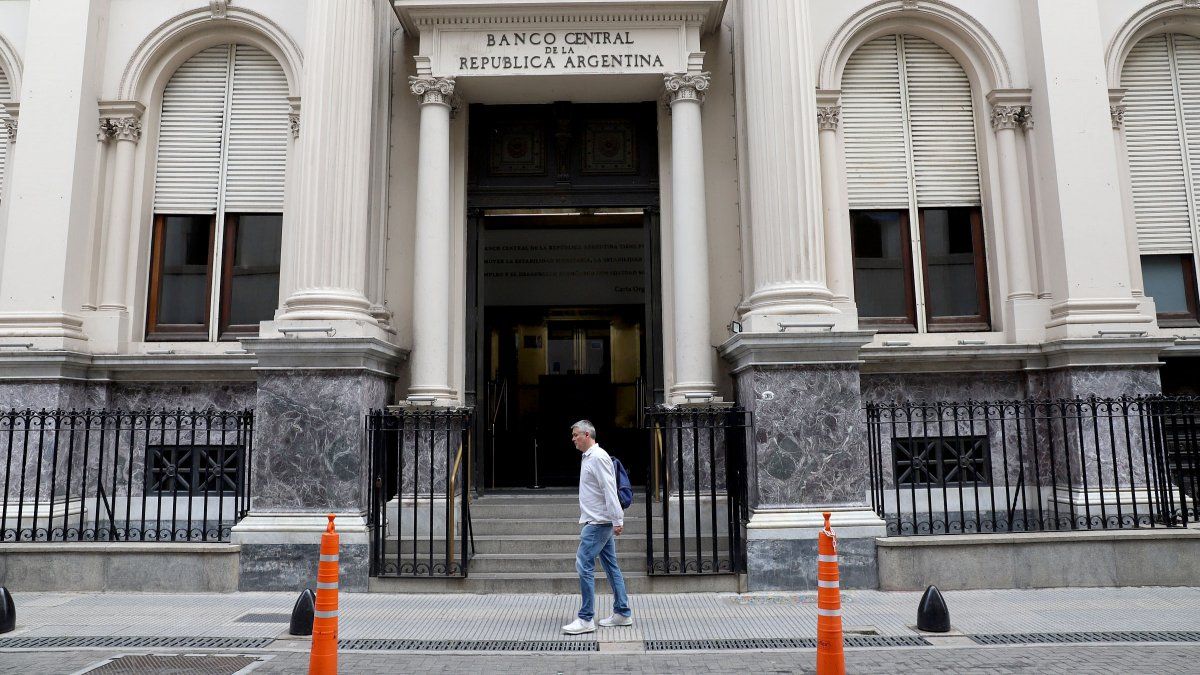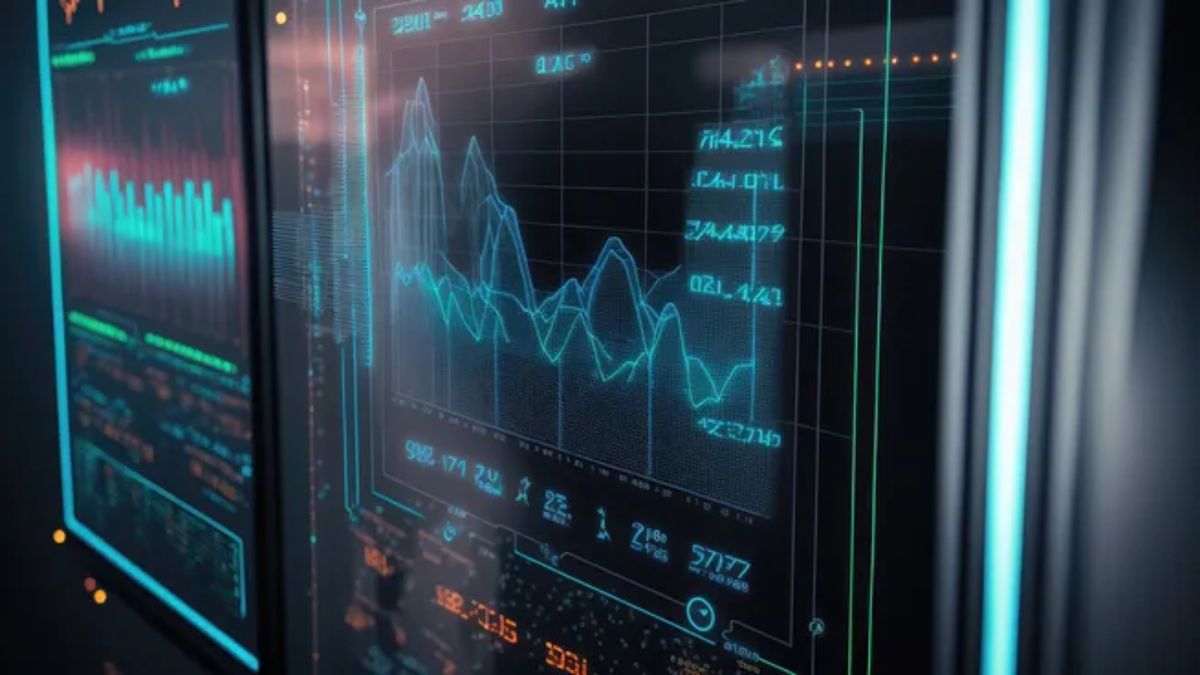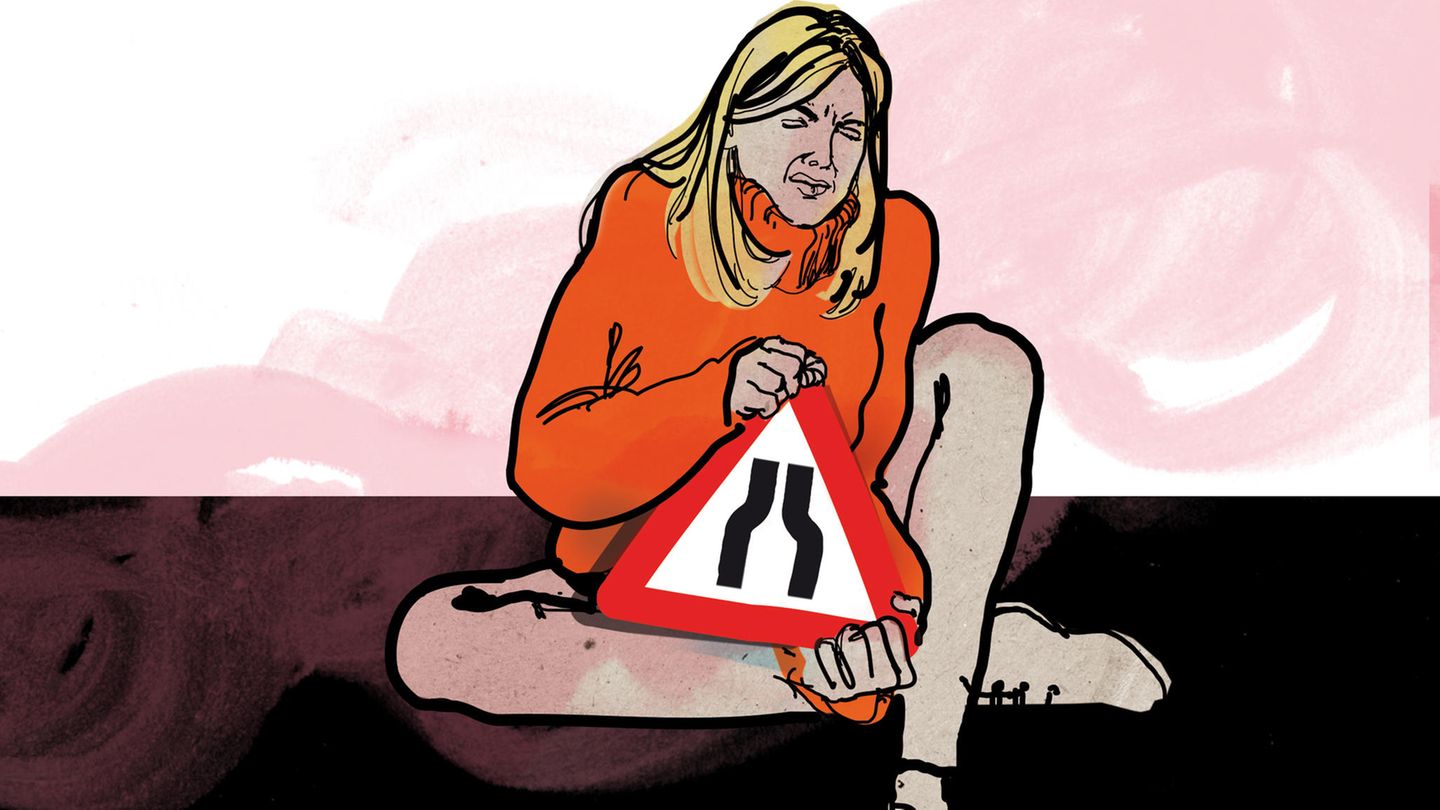One of the main objectives of the Central Bank (BCRA) for this year is to improve its position international reserves and clean up your balance sheet. For this you need accumulate dollars and reduce the liabilities in pesos that it has issued in recent years.
In order to understand the current situation of the balance of the BCRAit is necessary to review the reasons that have weakened it in recent years and therefore quantify the challenges ahead. The objective is to understand the magnitude of the imbalances as a basis for analyzing what the future alternatives that may be on the discussion table.
The deterioration of BCRA balance It begins with a specific event, the use of International reserves for the payment of debt obligations in foreign currency of the National Treasury. When the BCRA buys dollars for its reserves, it issues pesos, but this issuance of pesos does not cause problems, because it has a real demand for pesos behind it and in turn reinforces the reserves with dollars.
The two factors that generated a strong imbalance in the BCRA balance sheet
Use of Reserves for Payment of Treasury Debt: Every time the Treasury had difficulties paying its debt it has resorted to the BCRA reserves. In this way he took the dollars, gave him a Non-Transferable Bill in exchange, but there was no reduction in the stock of pesos, in short, an imbalance was generated between the assets in dollars and the liabilities in pesos that tended to be corrected with an increase in the average exchange rate.
Between 2006 and 2024 They were used International Reserves of the BCRA for almost US$70,000 million to pay Treasury debt. The total number of payments has been higher, but in some periods (Dec-15 and Jun-18) the Treasury repurchased part of those bills. This amount is equivalent to 13% of the average GDP of those years or 2.5 times the BCRA’s current reserve stock. In short, a liquid and supporting asset was removed for a non-transferable bill and therefore without real market value nor with the potential to be used as an instrument of intervention.
Issuance of Pesos without Real Demand: Simultaneously with the use of dollars from reserves, the BCRA has been asked to issue pesos to finance and assist the National Treasury. If we add the net emissions of pesos to assist the BCRA measured at the official exchange rate of each period, between January 2006 and February 2024 they have been transferred US$157 billion (29% of GDP).
These two factors clearly explain how the amount of pesos in the economy grew and the BCRA’s reserve position deteriorated. The challenge is to recompose these imbalances, although clearly the increase in the exchange rate that has occurred in recent years has liquefied the pesos issued (37% average annual devaluation in 18 years).
How was the BCRA Balance Sheet?
Since mid-December, the BCRA has advanced in a process of recomposing its balance sheet that has 3 pillars:
Purchase of Currency in the Exchange Market: It has managed to buy more than US$8 billion, although that necessarily implies the issuance of new pesos. The level of purchases that he has achieved is a record and is explained by an increase in the liquidation of foreign currency due to the new exchange rate and a very gradual release of payment for imports.
Weight Reabsorption: It has done so by selling part of its position in public securities at market value. The Treasury has raised pesos in the market and has repurchased that debt. The BCRA assigns that asset, but redeems a liability such as the pesos in circulation.
Liquefaction of Liabilities: It lowered the interest rate paid on paid Liabilities, placing it clearly below inflation. This has generated a liquefaction, since the relative value of those pesos has decreased with respect to the size of the economy.
These movements have served to shrink the BCRA’s Balance Sheet and improve its net position. The entity’s PN has improved by 65% measured in the official dollar. In any case, it is a path that still has a long way to go.
Is it enough to unify and/or dollarize?
The sanitation of balance of the BCRA is a necessary condition to be able to advance in the elimination of exchange controls that are still present. The question is how much it needs to be improved and what scheme is chosen to eliminate exchange controls.
If an extreme situation arises, such as a dollarizationit is required to cover monetary liabilities in pesos with reserves in dollars.
That degree of coverage is still far away, since it is currently possible to cover 55% of these liabilities even considering gross reserves.that have within liabilities that may be payable in the short term (swap, lace, etc.).
These data confirm that the conditions can be achieved for exchange rate unification, but dollarization poses a much deeper level of balance sheet consolidation.
Chief Economist at MegaQM
Source: Ambito
David William is a talented author who has made a name for himself in the world of writing. He is a professional author who writes on a wide range of topics, from general interest to opinion news. David is currently working as a writer at 24 hours worlds where he brings his unique perspective and in-depth research to his articles, making them both informative and engaging.




